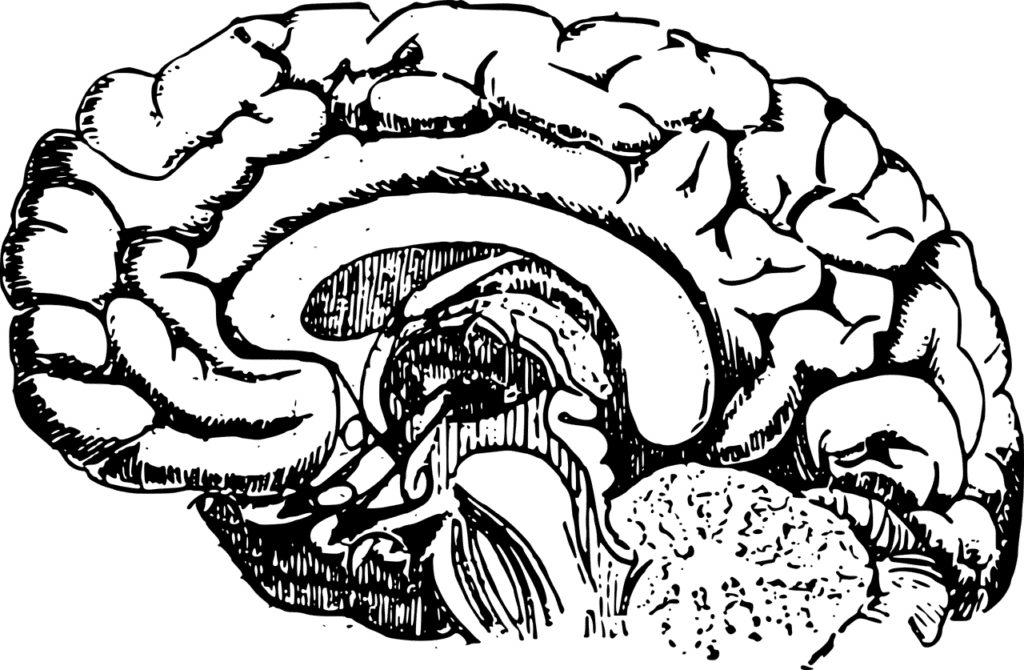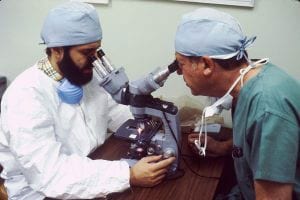If I told you that tiny bubbles could be used to more effectively treat cancer, would you believe me? Well, in the case of neuroblastoma, that might be correct. According to Medical XPress, University College of London (UCL) researchers recently developed a nanoparticle delivery system to help stop cancer-driving mutations in patients with neuroblastoma. Since this cancer, which affects children and is associated with a poor prognosis, is often treatment-averse, this nanoparticle delivery system represents an option to fill an unmet need.
Interested in learning more? Take a look at the study findings and research in Advanced Functional Materials.
Neuroblastoma
An estimated 8-10% of all childhood cancers are neuroblastoma, and the cancer accounts for an estimated 15% of pediatric cancer deaths. This rare cancer forms in neuroblasts, or immature nerve cells, or nerve tissue. Typically, tumors first form in the adrenal glands, though the cancer may also develop near the spine or in the abdomen, neck, or chest. Certain genetic mutations can prompt neuroblastoma development. In most cases, neuroblastoma affects children aged 5 or younger. Symptoms vary based on where the tumor developed. Some symptoms which may appear include:
- A firm lump in the abdomen, chest, or neck
- Diarrhea or constipation
- Dark circles around the eyes
- Abdominal, chest, or bone pain
- Wheezing
- Fever
- Unintended weight loss
- Limited range of motion
- Bulging eyes
- Abdominal distention (in infants)
- Difficulty breathing (in infants)
- Painless, bluish lumps under the skin (in infants)
Currently, the standard-of-care in terms of neuroblastoma treatment is often chemotherapy and surgical resection. Thus, additional treatment options are needed.
Nanoparticles
Within this particular research, UCL researchers wanted to see whether treatment could stop genetic mutations driving neuroblastoma development. In around 20% of neuroblastoma diagnoses, patients also have an overactive or mutated MYCN gene. Normally, MYCN plays a role in cell growth during embryonic and fetal development. However, when MYCN is over-expressed, it can drive cancer progression. Thus, researchers decided to use MYCN as a target.
Next, researchers developed a nanoparticle delivery system. These nanoparticles find tumors using cellular features or leaking blood vessels, thus allowing for a more targeted treatment option. Using these nanoparticles, researchers delivered siRNA to mice models of neuroblastoma. Once administered, the treatment helped inhibit MYCN, increase survival rates, and stop tumors from growing.
Ultimately, more research needs to be performed to determine if the treatment is safe and if the results can be replicated in human patients. However, the data shows promise for improving the standard-of-care for patients with neuroblastoma.







